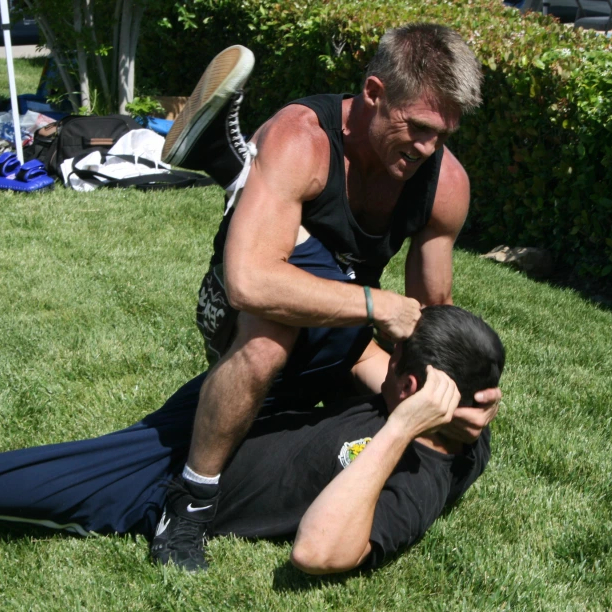See it, Feel it, Do it – The Art of Practice
Contents
The way to become a better MMA fighter is to have and maintain a consistent practice regimen. Practicing is often an overlooked skill.
The Art of Practice: Mastering Martial Arts Through Deliberate Training
The way to become a better MMA fighter is to have and maintain a consistent practice regimen. Practicing is often an overlooked skill that separates the good fighters from the great fighters. Whether you’re a beginner or an experienced martial artist, developing effective practice habits is essential for continuous improvement.
Deliberate Practice Matters
Merely showing up to train isn’t enough. The quality of your practice is what truly matters. Deliberate practice—focused, purposeful training with specific goals in mind—is the key to rapid skill development. When you practice with intention, you train your brain as much as your body.
For example, don’t just hit the heavy bag mindlessly. Instead, work on specific combinations, focusing on technique, timing, and power. Record yourself to analyze your form, or have a training partner provide feedback.
“It’s not practice that makes perfect; it’s perfect practice that makes perfect.”
Elements of Deliberate Practice:
- Set specific goals for each training session
- Obtain immediate feedback from coaches or training partners
- Focus on technique before speed or power
- Work at the edge of your ability – challenging but achievable
- Reflect on and analyze your performance after practice
Consistency Creates Excellence
Consistent practice builds muscle memory and neural pathways that make techniques second nature. Training sporadically might help you maintain skills, but consistent, regular practice is what helps you improve.
The most successful fighters I’ve trained maintain a regular schedule. They train even when they don’t feel like it, even when they’re tired, and even when there’s no competition on the horizon. This constant repetition creates a foundation that doesn’t crumble under pressure.
Building a Consistent Schedule:
- Set regular training times and treat them as unbreakable appointments
- Start with manageable frequency that you can maintain long-term
- Track your progress to stay motivated
- Have accountability partners to keep you showing up
- Create rituals that prepare you mentally for training
Balance Technical and Physical Training
Your practice regimen should balance technical skill development with physical conditioning. Many fighters focus too heavily on one aspect while neglecting the other.
Technical practice should include:
- Drilling basic moves until they’re flawless
- Gradually increasing the speed and power of techniques
- Incorporating techniques into combinations
- Applying skills in controlled sparring situations
Physical conditioning should complement your technical work:
- Develop the specific strength needed for your techniques
- Build endurance to maintain performance through a fight
- Improve flexibility to execute techniques properly
- Enhance explosiveness for fighting effectiveness
Mental Practice
Mental training is as important as physical practice. Visualization, studying fights, and strategic thinking all contribute to your development as a fighter.
Take time to visualize yourself executing techniques perfectly or succeeding in competition. Watch footage of high-level fighters and analyze their movements and strategies. Consider how you would respond to different fighting scenarios.
Mental Training Techniques:
- Visualization: Spend 5-10 minutes daily visualizing perfect execution
- Video study: Analyze professional fights and your own performances
- Meditation: Develop focus and emotional control
- Mental rehearsal: Practice your game plan mentally before execution
- Post-training reflection: Journal about what worked and what needs improvement
Structured Training Cycles
Advanced practitioners can benefit from periodizing their training into specific cycles:
- Foundation phase: Focus on technique and skill development
- Building phase: Increase intensity and resistance training
- Specialization phase: Focus on competition-specific skills and scenarios
- Peaking phase: Reduce volume while maintaining intensity to prepare for competition
- Recovery phase: Active recovery to prevent burnout
This structured approach allows for continuous improvement while minimizing plateaus and injuries.
Conclusion
Remember that practice doesn’t make perfect—perfect practice makes perfect. Focus on doing things correctly rather than quickly. As you develop your practice regimen, be patient with yourself but maintain high standards. Improvement comes gradually, but with consistent, deliberate practice, it comes inevitably.
The art of practice itself is a skill to be developed. Master this, and you’ll master martial arts more quickly than you ever thought possible.
About the Author

Lester Griffin
Lester Griffin is a professional martial artist and certified instructor with over 30 years of experience. He currently teaches Jeet Kune Do, Grappling, Muay Thai, Savate, and Kali at Griffin Martial Arts in San Jacinto, CA. He also regularly judges UFC and King of the Cage events.
